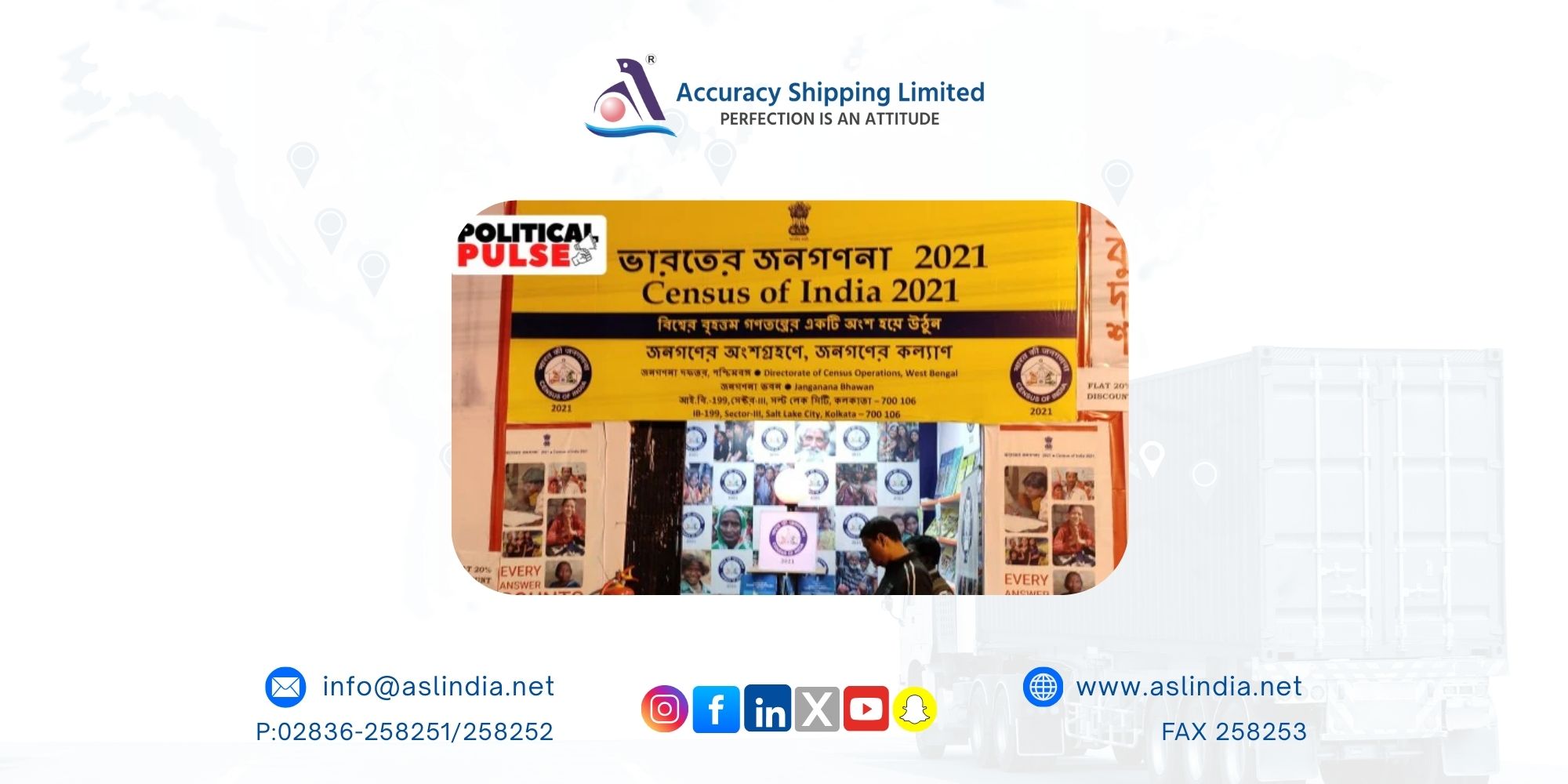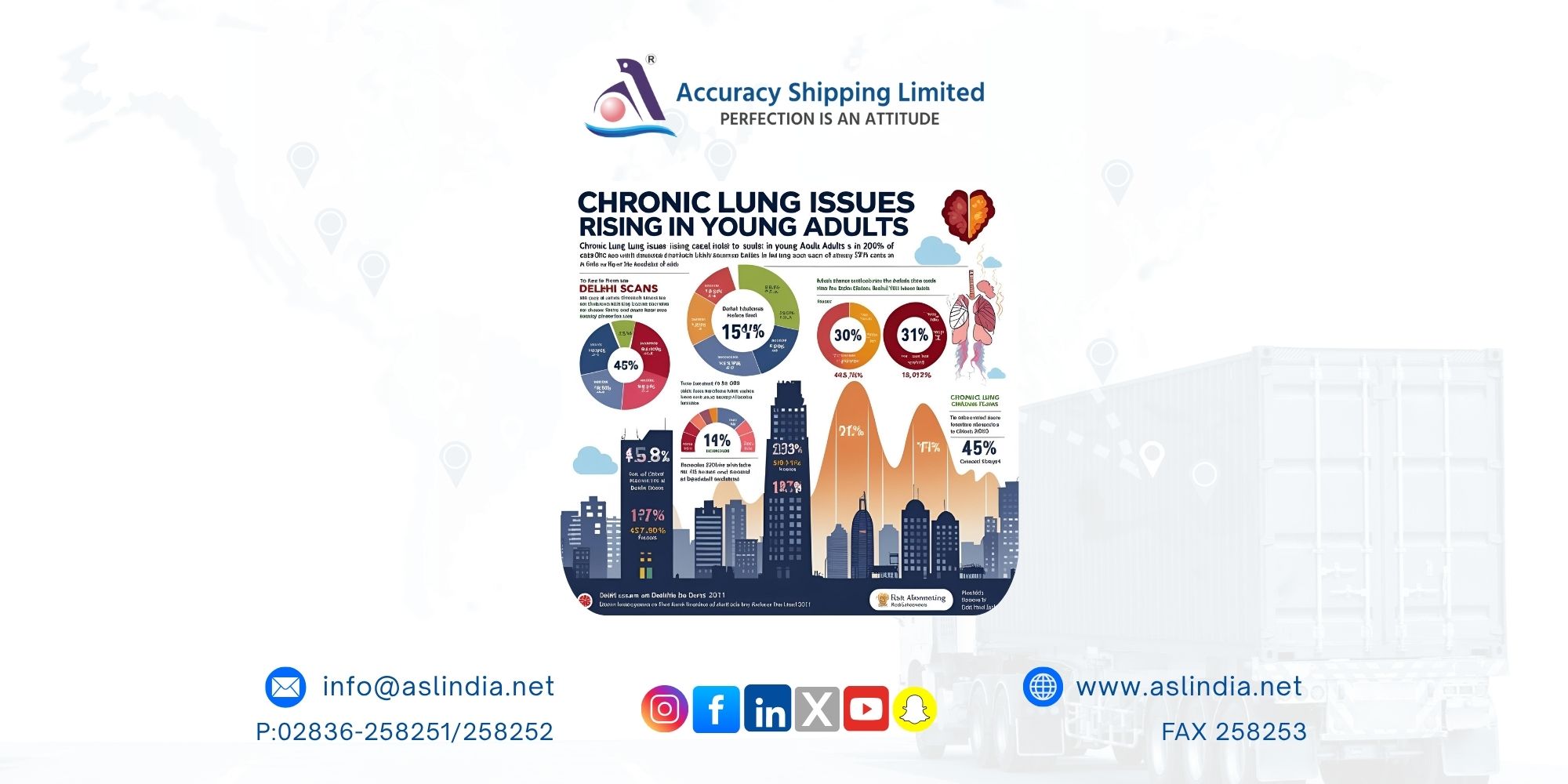A common chemical used in plastics is killing Indians by the lakh, study warns

A Hidden Killer in Plastics: How Phthalates Are Claiming Over 1 Lakh Indian Lives a Year
When you reach for a plastic food container or unwrap your favorite packaged snack, you likely think of convenience—not cardiac arrest. But a startling new global study warns that a silent threat is hiding in these everyday items: phthalates. These chemicals, added to plastics to make them more flexible and durable, are now linked to an alarming rise in heart disease-related deaths—particularly in India.
A Deadly Chemical Lurking in Plastics
Phthalates, specifically di(2-ethylhexyl) phthalate (DEHP), are widely used in plastic packaging, personal care products like cosmetics and perfumes, and even medical equipment such as IV bags and blood storage units. These substances can leach into food or enter the body through skin contact and inhalation of dust.
Once inside, phthalates disrupt hormonal systems, trigger inflammation in blood vessels, and interfere with fat metabolism—dangerous changes that increase the risk of hypertension, stroke, and heart attacks.
India: The Worst-Hit Nation in the World
According to a groundbreaking study published in The Lancet eBiomedicine by researchers from NYU Langone Health, India suffered the world’s highest toll from phthalate-related cardiovascular deaths in 2018. A staggering 103,587 Indians aged 55 to 64 died due to DEHP exposure, far outpacing even China (60,937 deaths) and Indonesia (19,761 deaths).
Even more concerning, India lost 2.9 million years of life (YLL)—a metric that measures years lost due to premature death. This grim statistic underscores how deeply embedded phthalates have become in Indian life, from kitchens to hospitals.
Why Is India So Vulnerable?
India’s high death rate from DEHP exposure stems from a perfect storm of factors:
Rapid industrialisation leading to increased plastic use in packaging and consumer goods.
Weak enforcement of plastic safety regulations.
Heavy reliance on plastics in food storage, cosmetics, and healthcare.
Lack of public awareness about the harmful chemicals hidden in everyday products.
Despite having a smaller aging population than China, India’s exposure levels are alarmingly high, mainly due to the surge in processed foods, cosmetics, and unregulated plastic items.
Women and Urban Residents at Higher Risk
The study highlights that urban Indians face greater risks, given their higher consumption of packaged goods and extensive use of plastic containers. Women are particularly susceptible due to frequent use of personal care products like lotions and perfumes—many of which contain phthalates.
The Global Picture—and a Call to Action
Globally, DEHP exposure contributed to over 356,000 deaths in 2018 among people aged 55–64—13% of all heart disease-related mortality in that age group. The study estimated the economic burden of these deaths at $510 billion, potentially rising to $3.74 trillion.
In light of these shocking findings, researchers are calling for urgent global regulations to limit phthalate exposure—especially in fast-industrialising countries like India.
“Our results underscore the urgent need for global regulations to reduce exposure to these toxins, especially in areas most affected by rapid industrialisation and plastic consumption,” said study co-author Leonardo Trasande.
What Can Be Done?
Stricter enforcement of existing plastic safety regulations.
Public awareness campaigns to inform consumers about harmful chemicals in packaging and personal care products.
Development and promotion of safer alternatives in packaging and cosmetics.
Further research and policy action to reduce plastic emissions and improve recycling systems.
Final Thoughts
The containers in our kitchens, the wrappers on our snacks, and even the tools used to save lives in hospitals could be shortening our lifespan. The time has come for individuals, industries, and governments to confront the hidden dangers of phthalates—and to act before more lives are lost.







